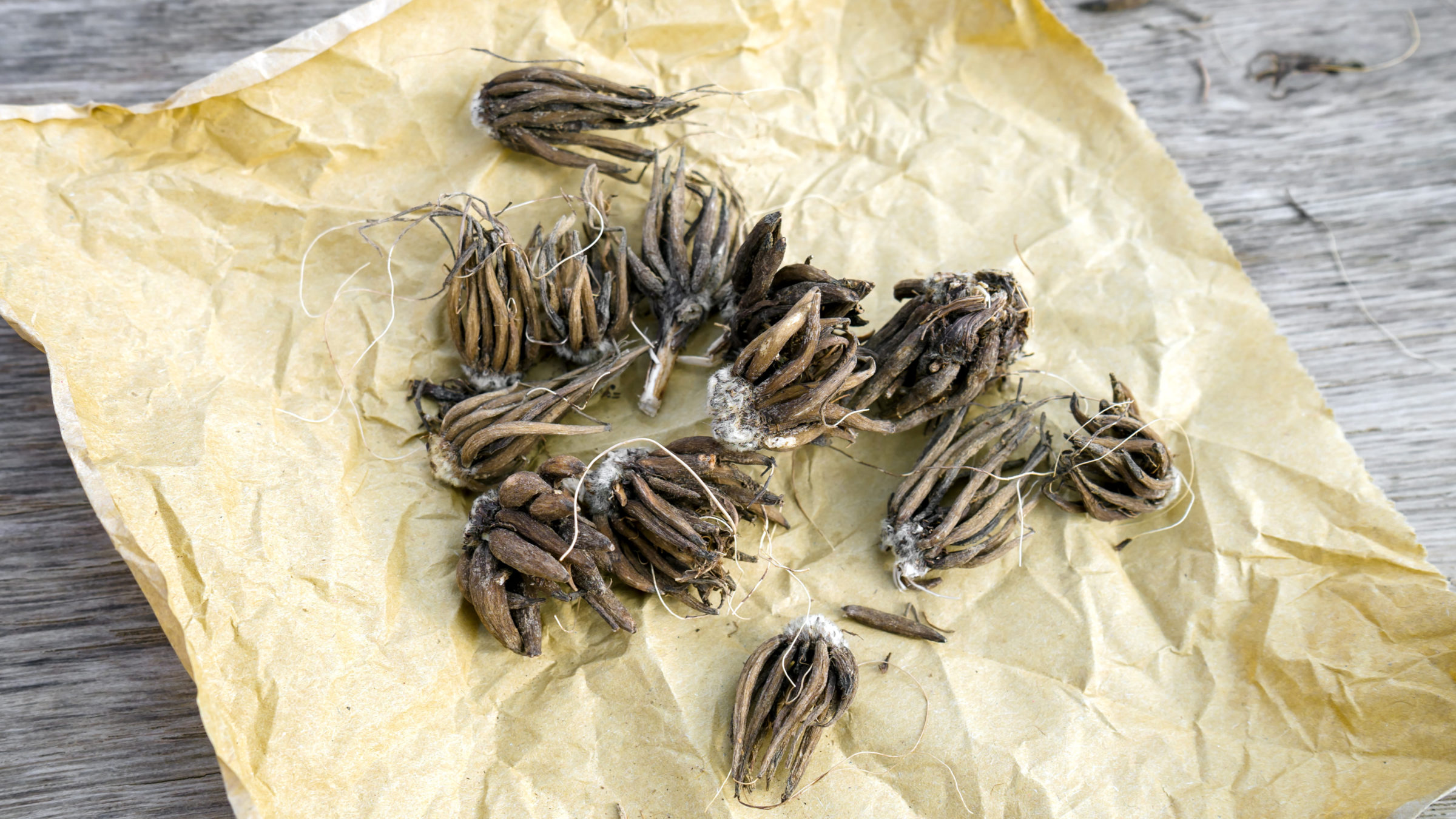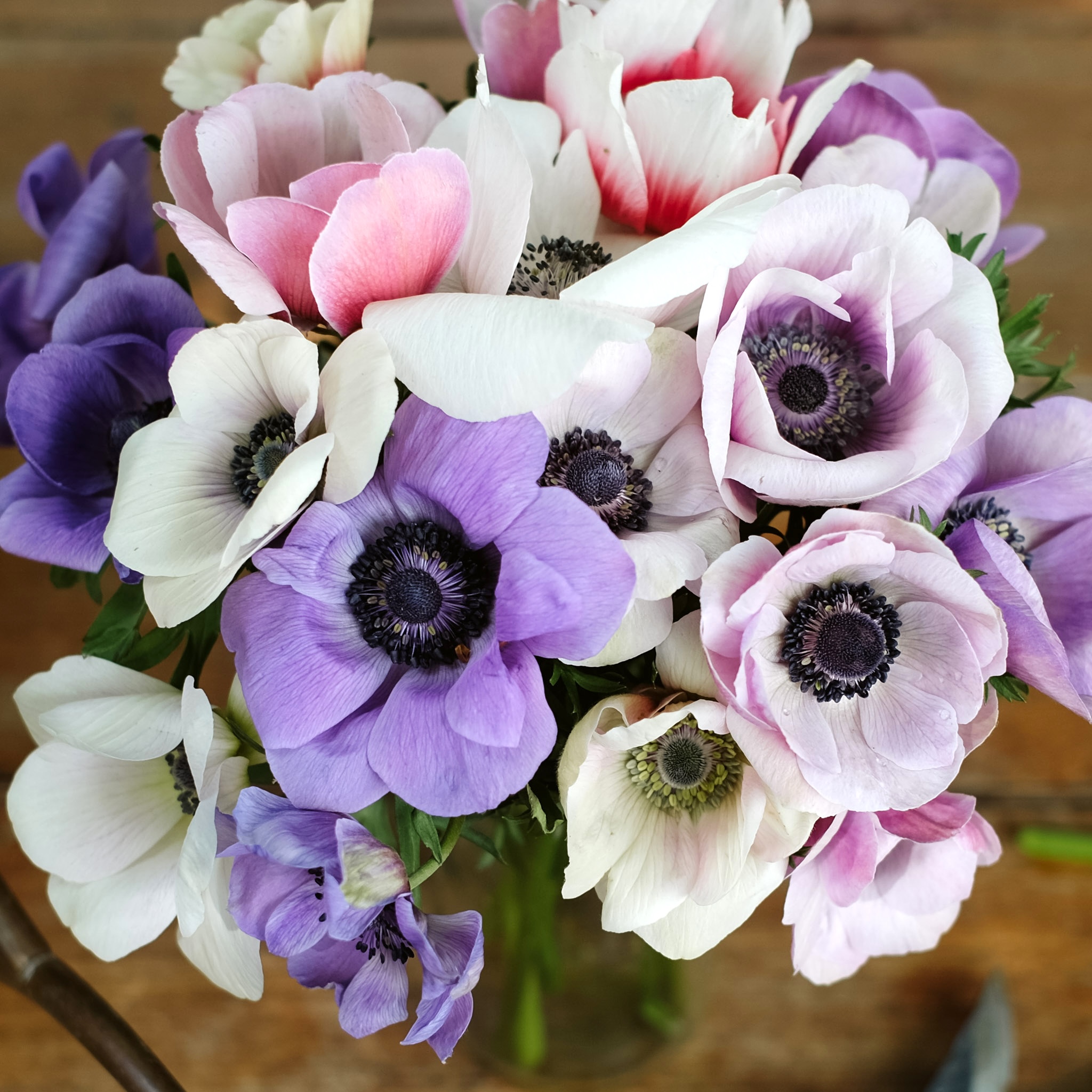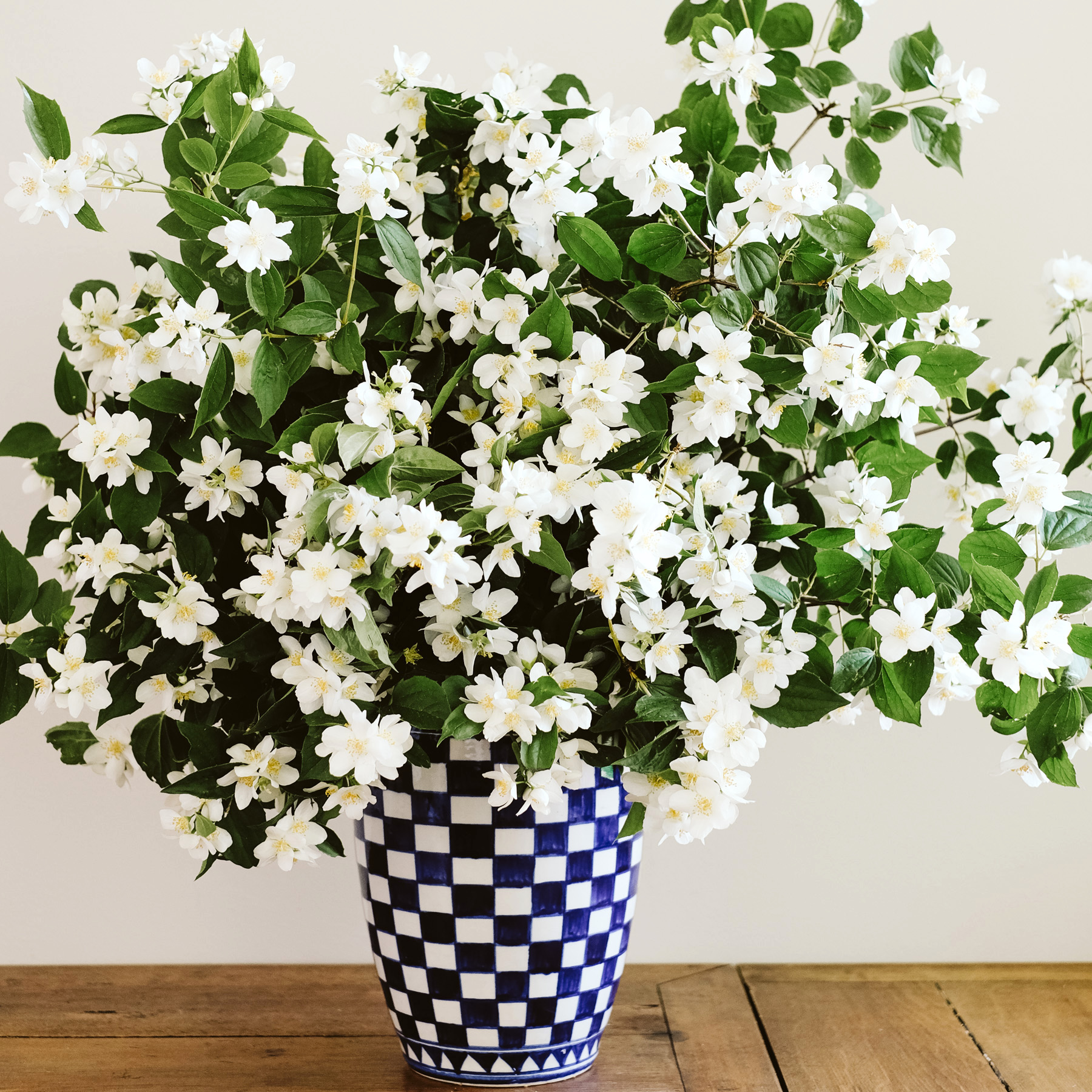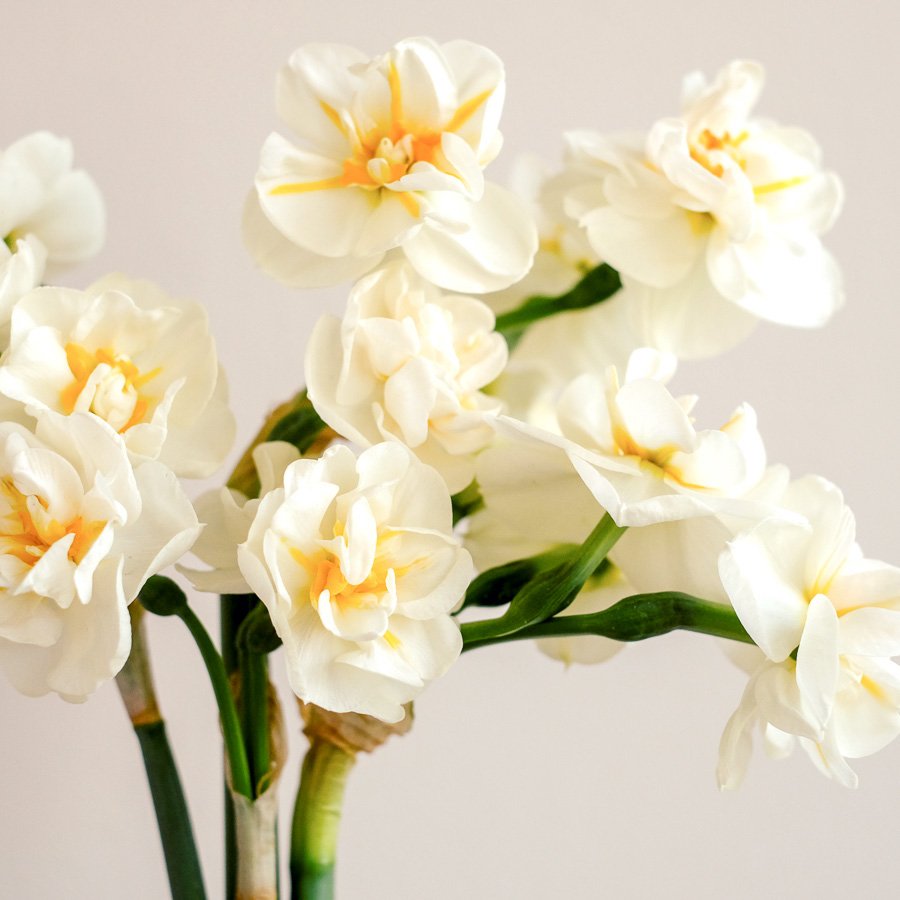
Planting, caring for and harvesting ranunculus
Most of you know ranunculus from the flower shop and probably haven’t seen them in gardens very often. However, they have been experiencing a real hype in the Slowflower community for a few years now and we are proud to be one of the first shops to offer these wonderful flowers to private gardeners as well. It was a wish of my heart!
For years I’ve been lurking around these beautiful plants, always thinking that growing and caring for them would be too complicated. But this is not the case. Here I describe a simple way how you will have great success with these little tubers, even if you are not a gardening professional.
The best time to plant ranunculus
Basically, ranunculus can be planted in autumn or late winter/early spring. I recommend the latter, as they are quite sensitive to frost. Our winters are getting warmer and warmer and those who want to dare can start in autumn in milder regions. However, the plants must then be kept under close observation throughout the winter, because if the temperatures drop below -3 °C, protective measures must be taken (for example, by covering them with fleece).
Below I describe the way of planting in late winter, as it seems more practicable for most of you. A good time to start is February!

Prepare the ranunculus
First put all the ranunculus in water (room temperature) and let them soak for 3-4 hours. They will then look much bigger, fuller and plumper and not quite as crippled and dead as they were at first. ;)
In the meantime, prepare a shallow, large plastic box and fill it with good growing soil. Then take the ranunculus out of the water and place them on the growing soil with their “claws” pointing downwards, spacing them out a little at a time. Cover them with some soil and keep it moist (not wet, otherwise the tubers will rot).
At first I put my plastic boxes in a cool, dark place in the house and check the humidity regularly. After 7-10 days the tuber will come to life: fine roots form and the first leaves can be seen. Now you should put the plastic box in the brightest place in the house. But be careful: Ranunculus likes it cool rather than warm, so please do not place it directly on the radiator.
I usually wait until the roots are a bit firmer and plant the pre-sprouted ranunculus outside in pots (filled with good soil and compost) from March onwards. The tubers are planted about 4 cm deep with a distance of 15 cm. The spring cold is no problem. However, if the thermometer really drops again, cover the pots with fleece or simply put them in the hall or cellar. Ranunculus even tolerate frost a little better than dahlias, but the soil must never freeze!
Caring for and harvesting ranunculus
Basically, ranunculus love moisture, but do not want to be watered too intensively. Plenty of sun is essential for beautiful flowering! The soil should not be too poor either. From the beginning of May the first buds open and enchant in beautiful shades of colour. One bulb can produce 4-5 flowers.
If you want to cut the ranunculus for the vase, it is best to do so as soon as the bud becomes coloured and soft to the touch. Then the cut flowers will last up to 14 days in the vase. That is really record-breaking! Apart from that, you don’t have to pay a lot of attention, because the plants know what to do themselves. They usually flower for a full two months.

Storing & overwintering ranunculus
As soon as it gets warmer, the plant’s strength retreats into the bulb and the leaves wither. Wait a little longer (as with tulips) until the foliage has really dried up. Then you can carefully remove the small tubers from the soil with a hand fork and dry them in an airy place for about a week. Only then I will clean them by carefully shaking off the soil or rubbing them with an old toothbrush. Withered leaves and stems are usually cut off. Often the tubers have doubled or even tripled in size in the soil. If this is the case, carefully pull them apart and look forward to more ranunculus next year.
Only when the tubers are completely dry do I place them loosely in paper bags with air holes and store them in a dark, preferably cool but dry place until the next planting season.
If you really want to try it outside already in autumn, you should follow the same steps. But remember: coolness is good, frost is bad. Slowflower farmers help themselves with so-called fleece tunnels that protect against the cold. Personally, this is too elaborate for me and my garden is far too small for this.
Design with ranunculus
One last design tip: If you plant the ranunculus in pots as suggested here, you can replace them with dahlias after digging them up. Of course, you can do the same in a bed. So at the end of May/June, take out the ranunculus and put in the dahlias. The dahlias will then make room for the ranunculus again in late autumn.
Why am I writing about pots? Of course ranunculus are also suitable for the flower bed! But in pots I simply have more opportunities to react to periods of frost. If you prefer the bed, it should definitely be in a sheltered position.
My conclusion: Ranunculus are a little more complicated to grow than tulips and daffodils, but they also have decisive advantages: they multiply every year, produce more flowers and have a slightly longer flowering period. Not to mention the vase life, which is truly phenomenal. Just try it out with 10, 20 or 30 tubers. If you follow my instructions, I’m sure you’ll never be able to stop growing these beautiful plants!











